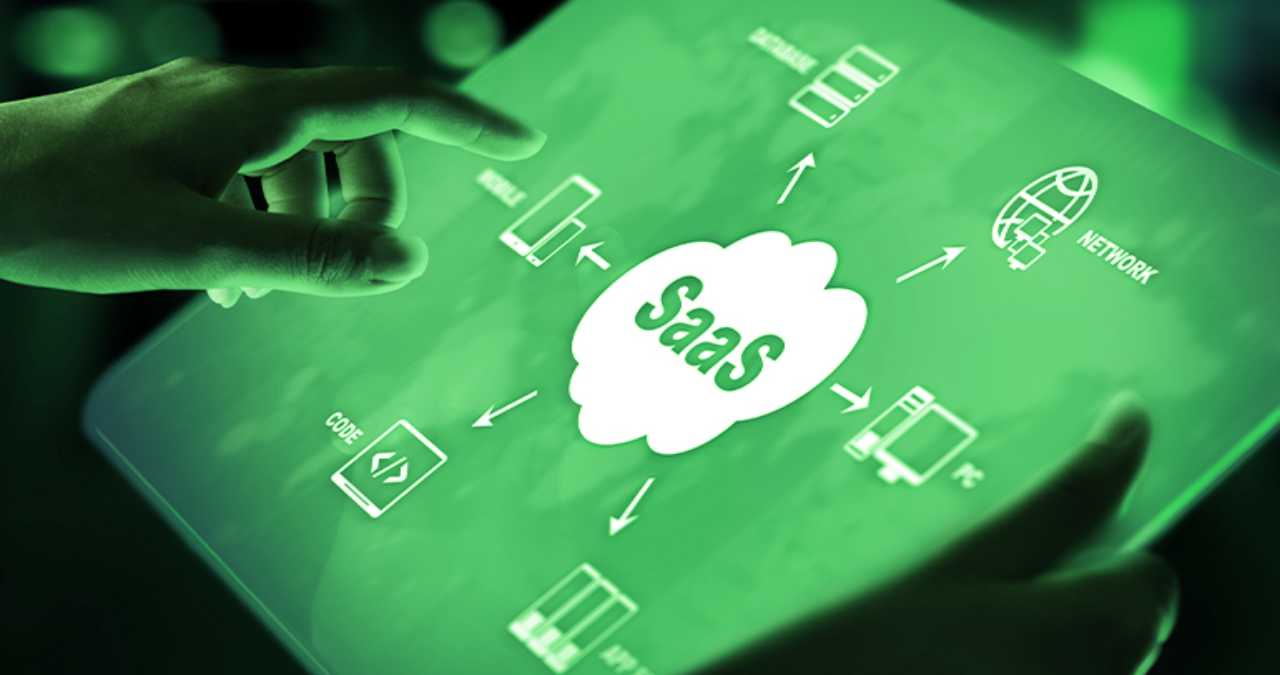The SaaS (Software as a Service) is a relatively new concept that enables the company to subscribe to a remote software instead of acquiring them and having them installed on their own computer equipment.
We will take advantage of this article to simply present what is SaaS mode, what are its advantages and disadvantages? and what cloud computing is.
Table of Contents
Definition of SaaS mode
The SaaS management allows a company to not install applications on its own servers but to subscribe to online software and pay a price that will vary depending on their actual uses.
Operation in SaaS mode
By using the SaaS model, the company will not host its applications and will not store its data internally.
It is therefore not necessary to directly acquire these applications and have servers to host them. In addition, the maintenance and updates of the applications will be managed externally by the service provider.
Business users will simply need a computer and online service access codes to be able to work.
The advantages of SaaS mode
Management in the SaaS model allows a company to benefit from many advantages:
- no software to install on company hardware,
- no data stored internally,
- updating automatic applications,
- the application can be used anywhere and anytime: just a simple internet connection and a computer,
- management in SaaS mode provides a level of security generally higher than internal management.
The first two advantages cited by using SaaS mode also allow the company to save on these investments in computer equipment.
SaaS model is a service, the cost of which constitutes an expense immediately deductible from the result of the business, whereas an investment is deducted from the result through depreciation spread over several years.
The disadvantages of SaaS mode
The SaaS, however, presents some drawbacks, including:
- the company is dependent on the service provider who provides the service, the latter owning the applications, and hosting the company’s data. What happens if you don’t have it? Filing for bankruptcy? or if a dispute arises?…
- moreover, it will then be difficult for the company to change provider and transfer the data to it,
- for applications often used by the company and by several users, the cost of operating in SaaS mode can be much higher than acquiring the application.
The differences with cloud computing
SaaS and cloud computing are two concepts that are similar but that does not mean much for the same.
The cloud computing (cloud computing) will allow the company to benefit from a complete IT infrastructure remotely to use applications. This operation, based on the pooling of resources, allows unlimited capacities (both in terms of storage and bandwidth).
The SaaS is meanwhile only to provide a subscription to an application via the Internet.
Cloud computing is therefore a much broader concept than SaaS and includes both the provision, via the internet, of the following 4 services: Applications, data storage, application execution, and infrastructure.




